COLLABORATION AND COHESION: EUROPEAN ITS SUCCESS
Which countries are leading in smart transport implementation?
This week’s ITS Nationals network awards were a timely reminder of just how many successful projects and programmes have been implemented across Europe over the last few years. The event was sponsored by SWARCO, The Traffic Group, Daktronics, IDASO, the 2027 ITS World Congress in Birmingham and Intertraffic. It wasn’t just nations or national organisations that were honoured – there was a prestigious individual award, too.
That went to ITS Denmark’s Søren Sørensen, named ITS Nationals network person of the year at a ceremony and dinner in Warsaw. Mr Sørensen is chairman of ITS Denmark and leads NEMU – the Nordics Ecosystem Mobility Unlimited – helping systems work across borders in the Nordic countries and beyond, and playing a major role in the Mobility as a Service Alliance for technology and standardisation.
“The reason that I can stand here is not because of me, it's because of ITS Nordic Plus,” Mr Sørensen said. “The idea that we came together and worked together and created both the previous project Nomad, which was the strategy part of it, and now we're going into implementation mode. By working together, we can really move things and create better mobility for all in Europe.”
The other winners were ITS Germany, ITS Ireland, ITS Serbia, ITS Italy and a multi-national collaboration between the ITS organisations of the UK, Finland, Estonia and Latvia.
The full winners were:
National Policy Champion Award – Sponsored by The Traffic Group
The association most successful at influencing ITS policy on a national level during the past year was ITS Germany.
Membership Champion Award – Sponsored by Daktronics
The association with the best testimonials from members of how they have helped them from the last twelve months was ITS Serbia.
Next Generation Champion Award – Sponsored by IDASO
ITS Ireland won the award for the association evidencing the most effective activities to support early careers professionals during the past year.
Excellence in Transportation Award – Sponsored by the 2027 Birmingham ITS World Congress
The association which stood out as being the most active and effective during the past year was ITS Italy.
Network Person of the Year Award – Sponsored by SWARCO
The individual most valued by the Network for their contribution was the aforementioned Søren Sørensen of ITS Denmark.
Network Collaboration Award – Sponsored by Intertraffic
The award for the association that demonstrated the results of working with other organisations either in their country or internationally was won by ITS UK, ITS Finland, ITS Estonia and ITS Latvia.
.jpeg?h=614&w=460)
Network Collaboration Award — sponsored by Intertraffic
What does success look like?
How do you measure ITS success? What counts as “success” in a world where efficiency, sustainability, and safety intertwine? Are the very best ITS schemes the ones that you don’t notice?
Europe’s transport systems are transforming from steel-and-asphalt arteries into intelligent, data-driven ecosystems – and it’s a transformation largely being forced by congestion, climate targets and user expectations.
One reason Europe’s ITS landscape has thrived is policy coherence. The EU ITS Directive and programmes such as Horizon Europe and C-Roads foster shared standards and cross-border pilots, ensuring that connected vehicle systems work from Lisbon to Ljubljana. European cooperation enables small nations to scale faster and ensures interoperability – a hallmark of long-term success.
As a result, Intelligent Transport Systems have become the backbone of Europe’s mobility revolution. But which countries are truly leading the way, beyond the ITS Nationals winners?
Defining success in ITS
- Efficiency gains: Reduced congestion and faster travel times via adaptive control, dynamic routing and integrated multimodal systems.
- Environmental impact: Lower emissions and energy use, measured by CO₂ per vehicle-km and improved public transport modal share.
- Safety improvements: Fewer fatalities and accidents through connected alerts, intelligent speed assistance and automated enforcement.
- User satisfaction: Greater use of journey apps, smoother interchanges and better accessibility.
- Economic impact: Cost savings in fuel/logistics and growth in tech jobs and exports.
Success is a multi-strand matrix where technology, governance and public buy-in converge.
The Netherlands: seamless mobility and data-driven decisions
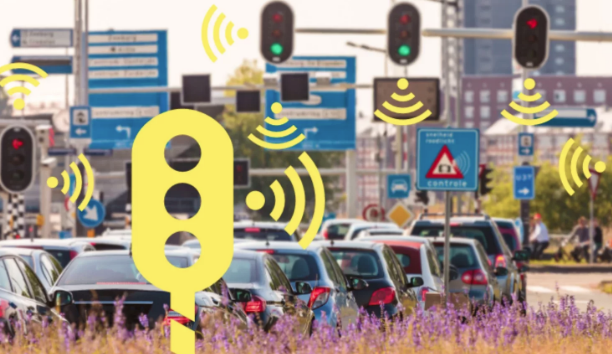
Netherlands – Talking Traffic: V2I services feed signal status and priority to vehicles and public transport for smoother, safer flow (Credit: Monotch)
Few countries embody ITS like the Netherlands, where mobility is treated as a service. Amsterdam and Rotterdam use real-time traffic management powered by open data, integrating cycling, public transport and car-sharing. The nationwide Talking Traffic programme (Rijkswaterstaat with partners such as Monotch, SWARCO and Vialis) uses V2I so signals “talk” to vehicles, optimising flow and prioritising emergency and transit vehicles. Early results report double-digit congestion reductions on equipped corridors and notable CO₂ cuts. Measure of success: Multimodal integration and open data that visibly reduce congestion and emissions.
Sweden: safety and sustainability at the core
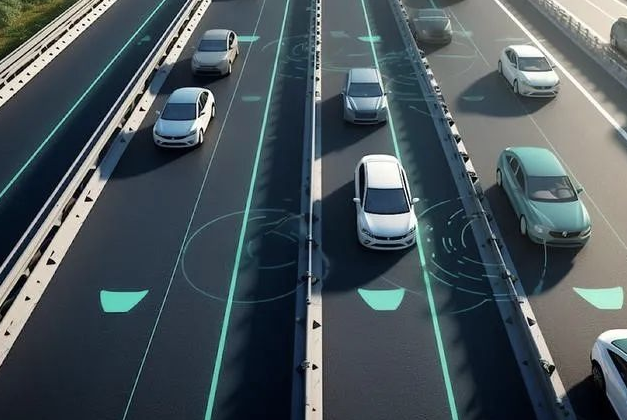
Sweden – Electric Road Systems: pilots on key corridors test inductive charging for freight and future passenger use (Credit: Swedish Transport Agency)
Anchored by Vision Zero, Stockholm’s congestion tax dynamically prices access by time and traffic density, cutting inner-city traffic and emissions. Sweden also leads in Electric Road Systems, with pilots on the E20 near Örebro exploring inductive charging. Public trust and transparent data governance aid adoption. Measure of success: Proven safety gains, emissions reductions and acceptance of smart pricing/charging.
Germany: engineering precision meets connected infrastructure
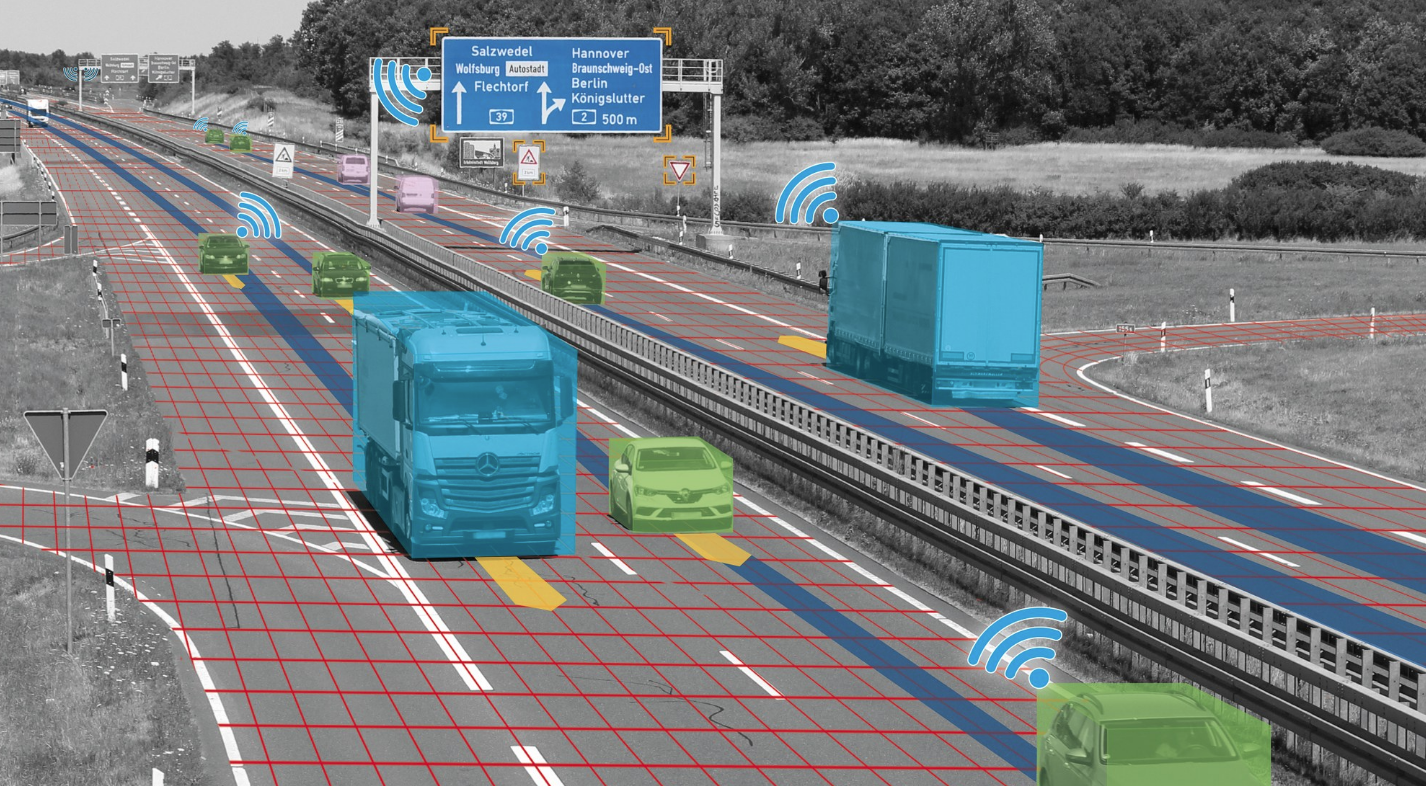
Germany – Digital Testbed Autobahn: C-Roads and V2X deliver real-time hazard and speed advisories to drivers (Credit: by Institute of Transportation Systems)
Germany is reinventing the Autobahn through automation and V2X. The Digital Testbed Autobahn turns live stretches into CAV proving grounds; C-Roads deployments deliver hazards and speed limits directly to dashboards, with trials indicating fewer secondary crashes in equipped zones. Rail modernisation via “Digital Rail Germany” adds AI-based scheduling for capacity and punctuality. Measure of success: Safety and reliability gains across road and rail, backed by scalable testbeds.
Finland: open data and the MaaS pioneer
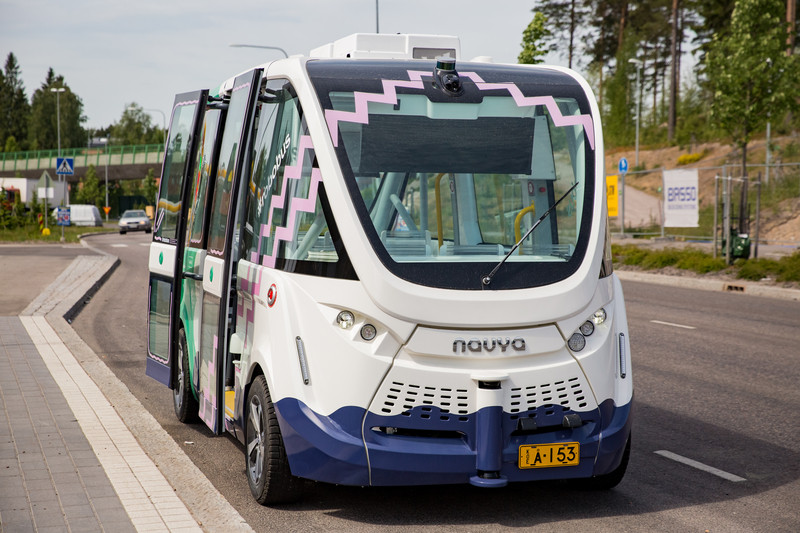
Finland – Early autonomous shuttle trials and open APIs laid the groundwork for Mobility as a Service in Helsinki (Credit: Aleksandra Suzi/Dreamstime)
Helsinki’s open-data ecosystem thrives because Finland legislated for it: the 2018 Transport Services Act requires operators to open essential data and APIs, enabling seamless public-private connectivity. The result: steady public transport growth and a measurable shift away from private car dependence. Measure of success: Legislative innovation driving interoperability and modal shift.
Spain: smart urban mobility and energy integration

Spain – Barcelona’s Superblocks and Madrid’s LEZ pair street redesign with ITS monitoring for cleaner air and safer streets (Credit: Irina Papoyan/Dreamstime)
Spain blends digital traffic control with urban redesign and energy policy. Barcelona’s Superblocks use IoT monitoring and access control to reclaim streets for people; Madrid’s camera-enforced low-emission zone has driven down NO₂ and boosted EV uptake. Cities such as Málaga link transport with renewables via smart charging depots. Measure of success: Air-quality improvement, public-space reclamation and energy-smart mobility.
The United Kingdom: experimentation and policy-driven innovation
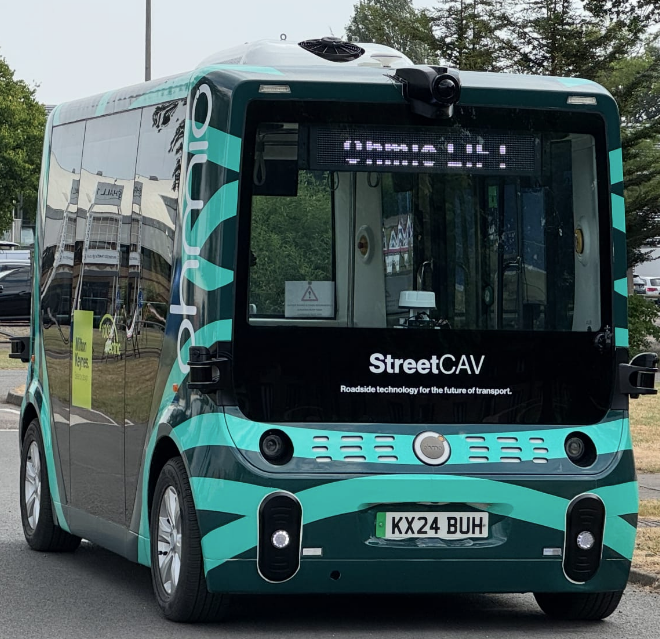
United Kingdom – Real-world CAV and data-sharing trials in London, Manchester and Milton Keynes accelerate service innovation (Credit: Paul Hutton)
Post-Brexit, the UK remains plugged into Europe’s ITS momentum. London’s Smart Mobility Living Lab is a city-scale testbed for CAVs, supported by 5G and data-driven control. TfL’s open data fuels hundreds of third-party apps that improve journeys. Future Transport Zones fund demand-responsive and micromobility pilots showing earlier travel-time reductions and better first/last-mile options. Measure of success: Scalable experimentation, strong public-private collaboration and measurable efficiency gains.
The road to truly intelligent mobility
Europe’s ITS success stories share a common DNA: collaboration, open data and a human-centric vision of mobility. Challenges remain – privacy, uneven investment and rural inclusion – but the trend is clear: the smartest networks aren’t just managing traffic; they’re reimagining mobility. Whether it’s Finland’s legislative foresight, Sweden’s safety-driven innovation or the Netherlands’ real-time ecosystems, these nations prove that technology, guided by purpose, can make movement cleaner, safer and smarter.
Share your story
Do you have an innovation, research results or an other interesting topic you would like to share with the professionals in the infrastructure, traffic management, safety, smart mobility and parking industry? The Intertraffic website and social media channels are a great platform to showcase your stories!
Please contact our Sr Brand Marketing Manager Carola Jansen-Young.
Are you an Intertraffic exhibitor?
Make sure you add your latest press releases to your Company Profile in the Exhibitor Portal for free exposure.
Get up to speed on the mobility industry - our newsletter straight to your inbox!



